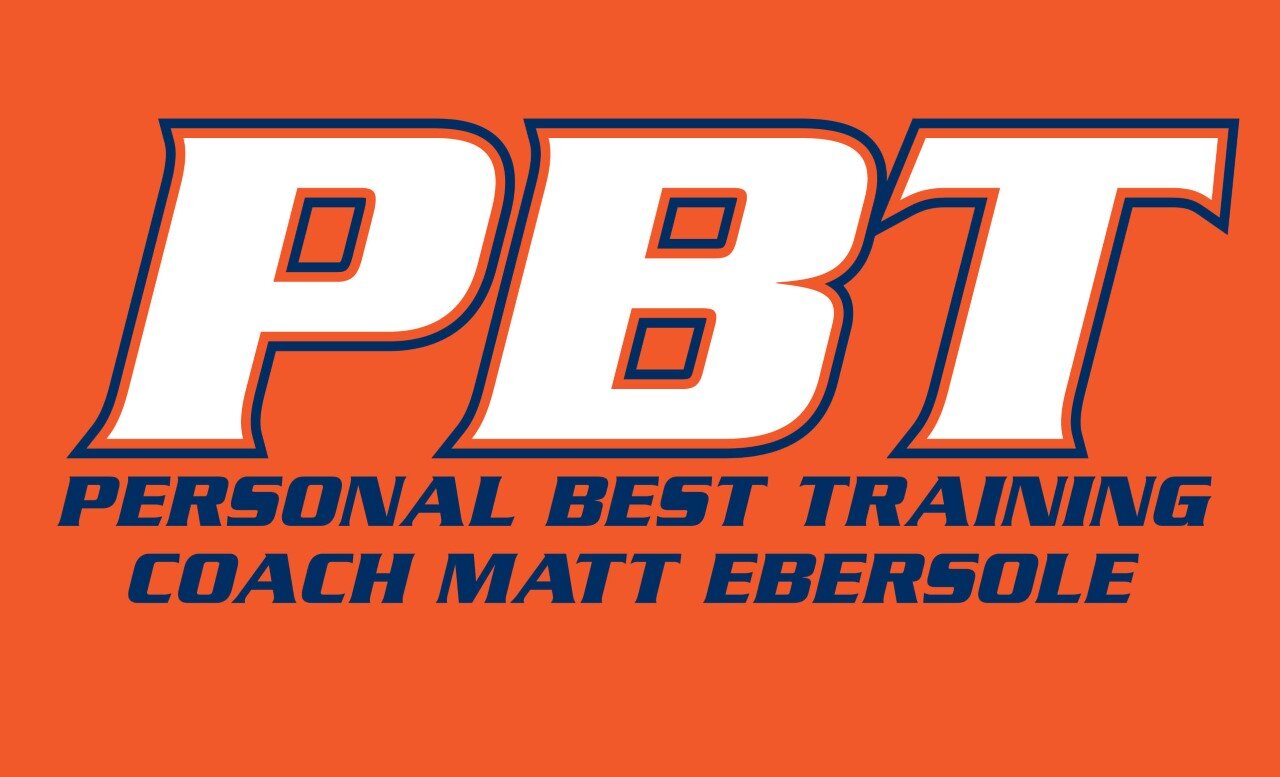Now that the weather has all of our attention, here are a few tips to help you survive the remaining high heat index days.
1) When a warmup is needed, keep it to the minimum required to be prepared for the workout. Typically, we like to front load the days's mileage in the WU, but in these conditions it is taking away from the workout effectiveness.
2) As we do on race day, let's think of replacing water, salt, and sugar (if duration necessitates) in terms of an intravenous drip. A little bit more often is absorbed much better than more at less frequent intervals. Ideally, 6-8 ounces of fluid every 20:00.
3) Sodium is necessary for water to be absorbed. Drinking an ideal amount is only part of the equation, we have to make sure it is being readily absorbed. Those that have learned to use salt tablets or other sodium supplements have been enjoying better workouts and faster recovery. A good starting point is 400-600 mg per 1 Liter (or 34 ounces) of water intake.
4) Pace will not tell the story so don't get too down on yourself for slow splits.
5) Blood gets redistributed to the skin's surface to help cool your body. Additionally, dehydration causes a decrease in blood volume. Combined, these require a faster heart rate to accomplish the same oxygen delivery. Your HR will not correspond to effort as it does normally.
6) Because pace & HR are not very helpful right now, you will need to rely on perceived exertion, respiratory rate, and muscular tension to mange effort.
7) Remember your body does not care how far or fast you ran, it cares about stress. You body may get more stress than normal even with a reduced workload and pace with a high heat index. Use this physiological fact to alleviate any guilt for cutting a workout short.
8) If you are not feeling quite right or are exhibiting any symptoms of heat illness such as nausea, dizziness, cessation of sweating, stop and live to run another day.
9) As soon as the run is done, it's time to focus on recovery and that means re-hydrating. A pre and post run weigh in are very helpful to measure how you are doing. If weighing yourself is on your list of least favorite things to do, cheat. Move the scale to a weight that you know is too high or too low, but gives you the net difference between pre and post run.
10) We live by faith during ridiculous weather. Keep doing your best and despite all evidence to the contrary right now, you will find the work will pay off and when the weather breaks.



























